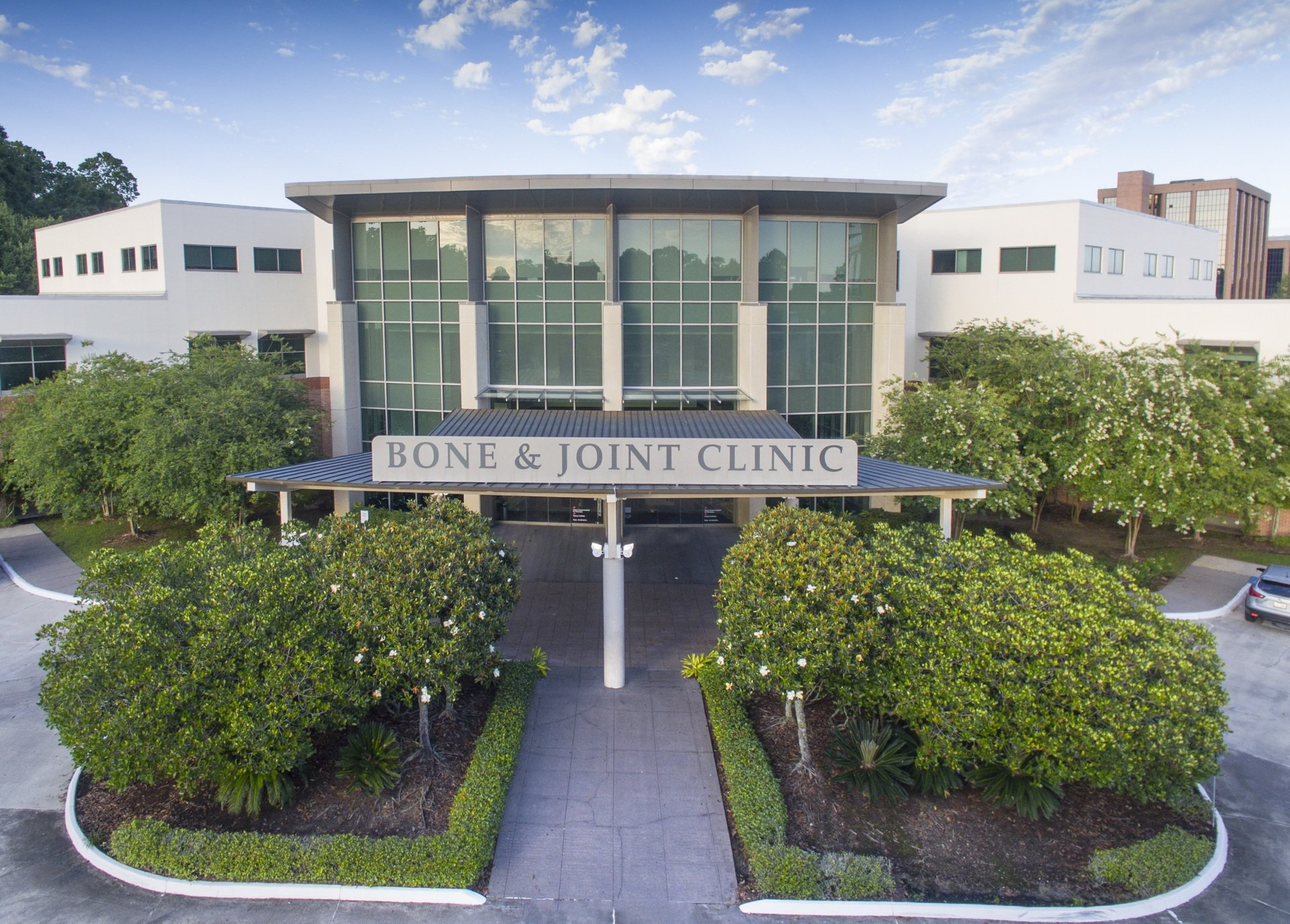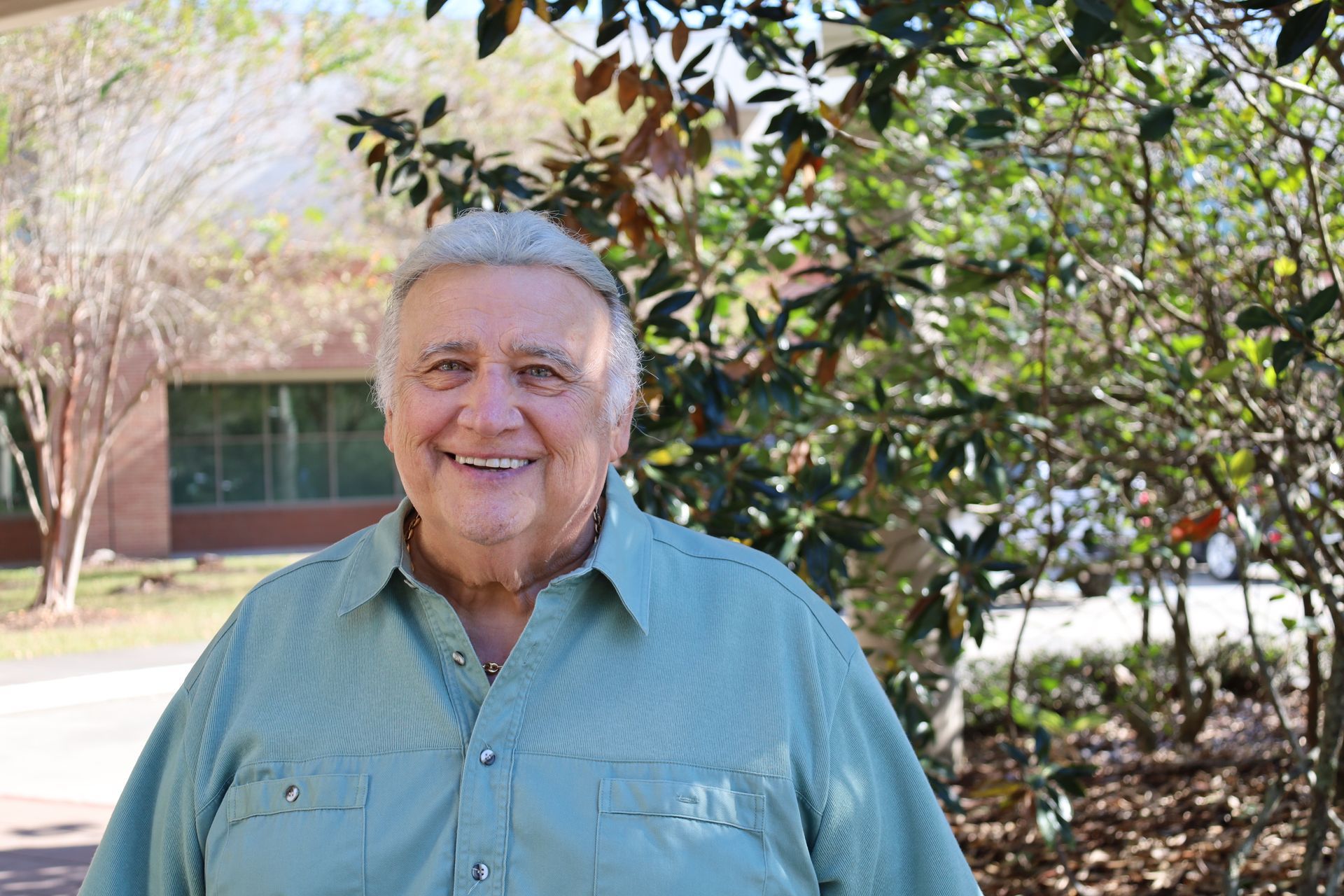Plantar fasciitis is the most common source of heel pain, affecting about 10 percent of the U.S. population. It occurs when the plantar fascia, a thick band of tissue running the length of the bottom of the foot, becomes inflamed and causes symptoms such as “first step” pain in the morning or pain after standing from periods of rest. For over 90 percent of patients, conservative plantar fasciitis treatment methods are effective in relieving their inflammation and associated symptoms. Others, however, may require surgical treatment.
What is the surgical release for Plantar Fasciitis?
The most common surgery performed for plantar fasciitis is an Endoscopic Plantar Fasciotomy (EPF). This is an outpatient surgery that takes 15 to 20 minutes to perform and can be done with general anesthesia or sedation (twilight sleep). The surgery involves a small incision (roughly one centimeter) on either side of the heel. A surgical scope, or small camera, is placed in one incision and a small surgical hook is placed in the other incision. While fully visualizing the plantar fascia with the camera, the hook is used to cut a portion of the fascia. The hook and the camera are removed, and the incisions are closed with one or two stitches. There are no implanted materials during this procedure.
The purpose of an EPF is to release a tight or contracted plantar fascia. The cut portion lengthens roughly one inch and heals in this lengthened position during the recovery.
What is the recovery for surgical release of the Plantar Fasciia (EPF)?
The first portion of the recovery requires two weeks of non-weightbearing on the operative foot. Non-weightbearing can be aided by crutches, a walker, rolling knee scooter or a wheelchair. After the initial two weeks of non-weightbearing, patients progressively add pressure to the foot while wearing a walking boot for four weeks. This stage of the recovery takes four weeks. It is important not to “overdo it” during this time: too abrupt an increase in activity can delay the overall recovery. Most patients are ready to transition from the walking boot to a supportive shoe, like a tennis shoe at six weeks post-operative. It is typically 10 weeks from the time of the surgery when patients begin recreational physical activity.
How successful is Plantar Fasciitis surgery?
The Endoscopic Plantar Fasciotomy (EPF) has roughly a 90% success rate. Other surgical procedures also have good success rates with their own advantages and disadvantages. Individual surgeons will have their own preference.
How often is surgery necessary for Plantar Fasciitis?
Plantar fasciitis is extremely common, and the overwhelming majority is treatable without surgery. Between 3-5% of patients suffering from plantar fasciitis will not obtain relief with non-surgical treatment. For this small portion of patients who do not obtain relief, there are several surgical treatment options; the most commonly performed surgery for plantar fasciitis is an Endoscopic Plantar Fasciotomy (EPF).
If you are suffering from a case of plantar fasciitis that has not responded to more conservative treatment methods, surgery may be the right option for you. Contact our Baton Rouge Foot & Ankle Specialists to request an appointment and further discuss your treatment options.




